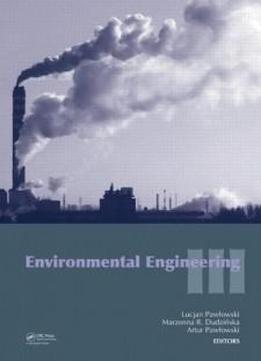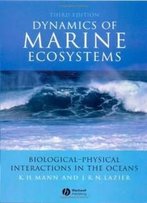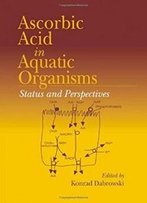
Environmental Engineering Iii
by Marzenna R. Dudzinska /
2010 / English / PDF
11.6 MB Download
Environmental engineering has a leading role in the elimination of ecological threats, and can deal with a wide range of technical and technological problems due to its interdisciplinary character. It uses the knowledge of the basic sciences – biology, chemistry, biochemistry and physics – to neutralize pollution in all the elements of the environment, i.e. the hydrosphere, atmosphere and lithosphere. Mainly, environmental engineering deals with the design and maintenance of systems of water supply, sewage disposal, heating, ventilation and air-conditioning in buildings. In brief, it deals with securing technically, the conditions which create a safe environment for mankind to live in.
Environmental engineering has a leading role in the elimination of ecological threats, and can deal with a wide range of technical and technological problems due to its interdisciplinary character. It uses the knowledge of the basic sciences – biology, chemistry, biochemistry and physics – to neutralize pollution in all the elements of the environment, i.e. the hydrosphere, atmosphere and lithosphere. Mainly, environmental engineering deals with the design and maintenance of systems of water supply, sewage disposal, heating, ventilation and air-conditioning in buildings. In brief, it deals with securing technically, the conditions which create a safe environment for mankind to live in.The three main goals of
The three main goals ofEnvironmental Engineering III
Environmental Engineering III are to assess the state of scientific research in various areas of environmental engineering; to evaluate organizational, technical, and technological progress in contributing to ecological security; and to determine the place of environmental engineering in sustainable development, taking into account current political and economic conditions. The contributions are divided into eight sections:
are to assess the state of scientific research in various areas of environmental engineering; to evaluate organizational, technical, and technological progress in contributing to ecological security; and to determine the place of environmental engineering in sustainable development, taking into account current political and economic conditions. The contributions are divided into eight sections:General problems
General problemsAir pollution control
Air pollution controlIndoor air pollution control
Indoor air pollution controlNeutralization of sewage sludge and wastewater
Neutralization of sewage sludge and wastewaterNeutralization of solid wastes and sludges
Neutralization of solid wastes and sludgesRemediation of polluted sites
Remediation of polluted sitesWater quality and supply
Water quality and supplyEnergy saving and recovery
Energy saving and recoveryEnvironmental Engineering III
Environmental Engineering III contains 88 selected and peer reviewed papers from 327 contributions presented during the 3
contains 88 selected and peer reviewed papers from 327 contributions presented during the 3rd
rd Congress of Environmental Engineering, and is a valuable sources of information for academics and engineers in environmental engineering.
Congress of Environmental Engineering, and is a valuable sources of information for academics and engineers in environmental engineering.











